Humans have dramatically changed Hawaii - here's how
Originally, the native Hawaiian animals and plants didn't have many natural predators.

But humans introduced plenty of new, alien predators.
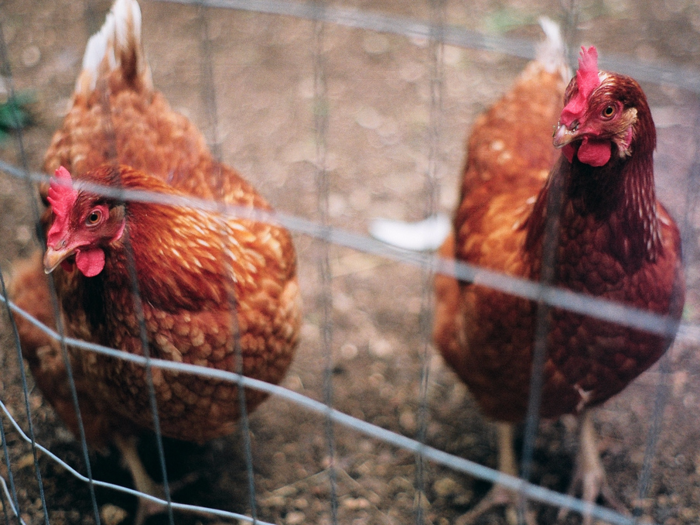
When people settled in Hawaii, they brought animals and pests with them and huge numbers of native flora and fauna were wiped out because of new onslaught of new predators. For example, newly arrived yellow jackets lowered native insect populations, resulting in less food for local birds. Even the chickens that humans brought over for food carried new bird diseases and they ate vast amounts of native plants.
Another example were the new feral pigs.
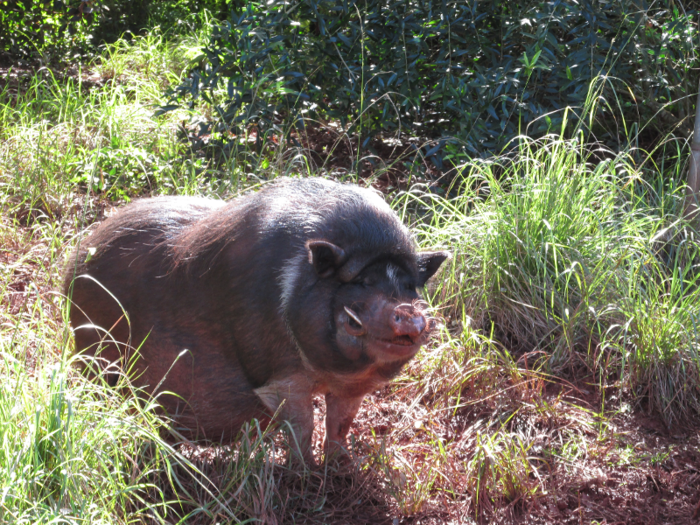
Feral pigs were first introduced to the Hawaiian islands by the Polynesians way back in the 1500s. These animals are quite active, knocking over trees and partially hollowing out the stumps. These hollow stumps create areas in the tree where water can pool — the perfect mosquito breeding habitat. Today, only about 10% of Hawaii's forests are protected from feral pigs.
Mosquitoes themselves didn't exist on the islands until they were accidentally brought over from Mexico.
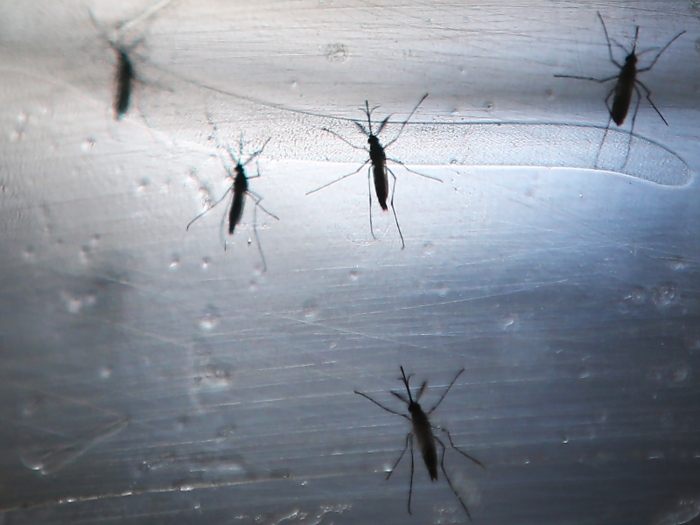
Mosquitoes are not a native to Hawaii. The Southern House Mosquito was first introduced to Hawaii when a ship accidentally brought them from Mexico.
Today, aside from being a pest, mosquitoes are responsible for spreading diseases, such as avian pox, that attacks native birds. This is one of the reasons that many of the native bird species are endangered or have become extinct.
The state's famous honeycreepers were particularly affected.
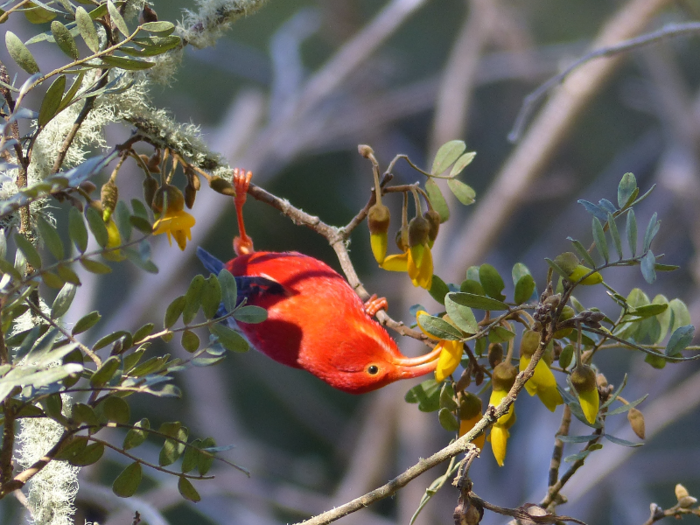
Some of Hawaii's most famous birds are honeycreepers. These colorful birds are believed to have evolved from just one finch-like ancestor. At one time, it was believed that Hawaii was home to over 50 different species of honeycreepers that inhabited vast amounts of forest, from the coast all the way up to the timberline. Today, however, most of those species have gone extinct due to mosquito-born diseases or human-caused habitat loss. These birds also suffer because some animals, including black rats, eat their eggs.
Today, only 17 species of honeycreepers remain on the island and most are threatened or endangered.
The decline in honeycreepers caused the plants that they once pollinated — like the Alani — to decline.
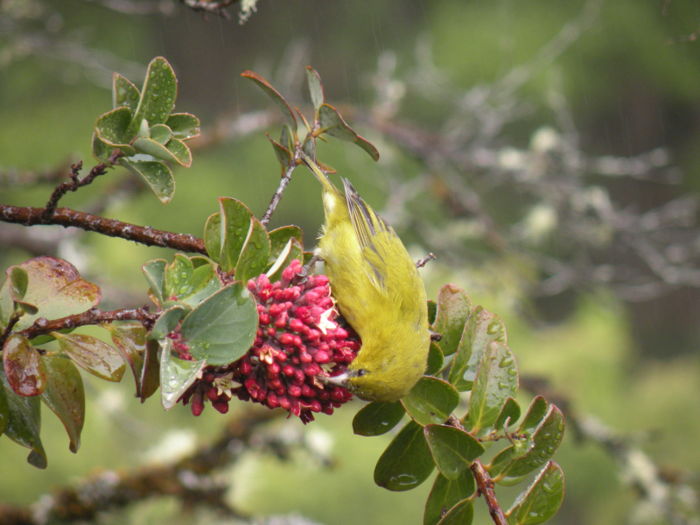
As species of honeycreepers went extinct, a large number of the plants that relied on them began dying too. These birds were important sources of pollination and seed dispersal. Without them, native plant populations suffered greatly.
Humans are also responsible for bringing new plants to Hawaii that outcompete the native species.
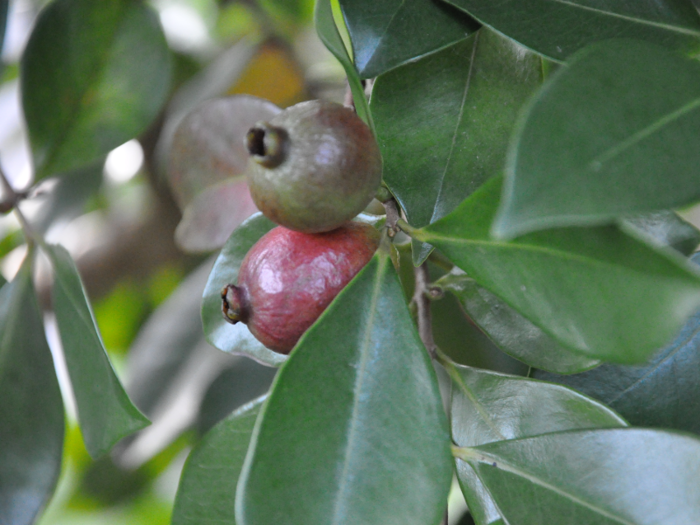
New non-native plants have had huge impacts on Hawaii's ecology. For example, strawberry guava is able to produce its own chemicals as a form of defense, enabling it to outcompete native plants around it for soil and resources. This invasive plant also absorbs huge amounts of water, stealing that resource from for other plants that grow close by.
Humans also dramatically and directly changed the landscape.
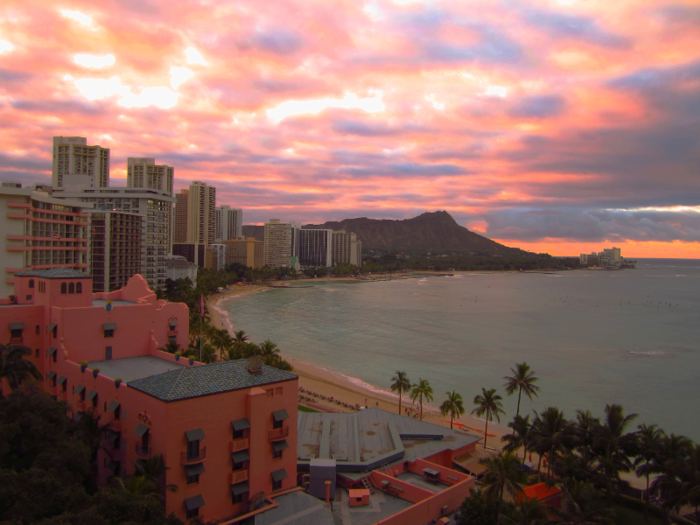
Not only did humans bring non-native plants and animals, but they also changed the landscape of Hawaii by clearing forests for tourist developments and homes.
Scientists think we probably don't even know most of the species that have gone extinct.
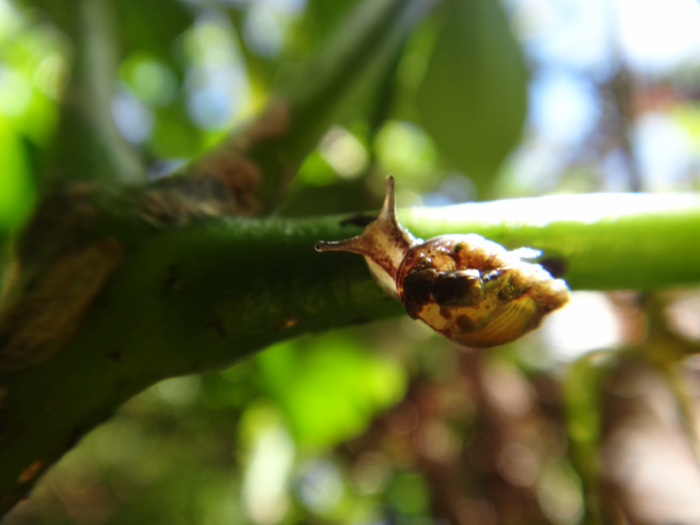
We know that of vast amounts of species that have gone extinct in Hawaii over the past 100 years, but it's possible that our estimates simply because we hadn't discovered all of Hawaii's species before they disappeared.
But it's never too late to try prevent more harm.
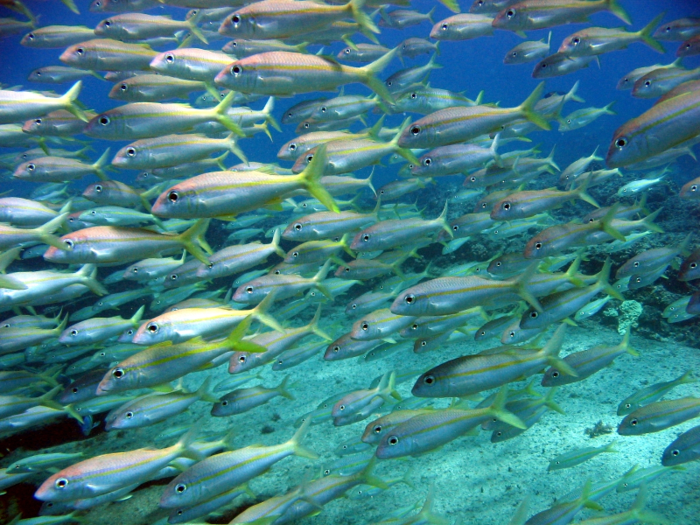
Hawaii is still a beautiful place, home to a number of animals and plants. If we want it to remain a beautiful oasis and avoid further destruction, conservation steps must be taken, scientists say. Today, there are are currently ongoing projects for this very reason, designed to conserve ocean health, as well as native birds and plants.
Popular Right Now
Advertisement